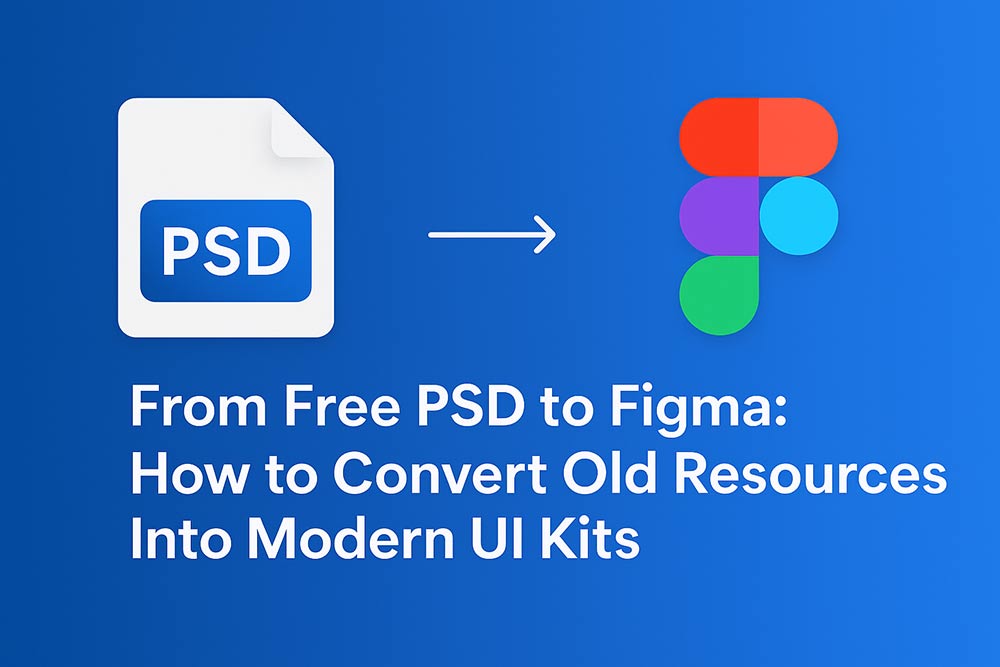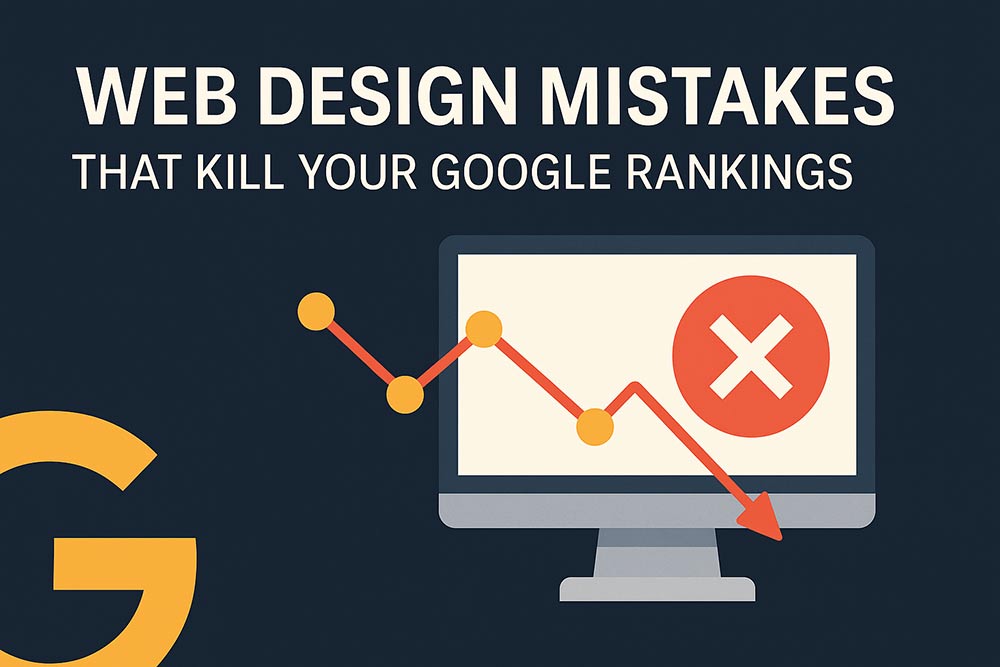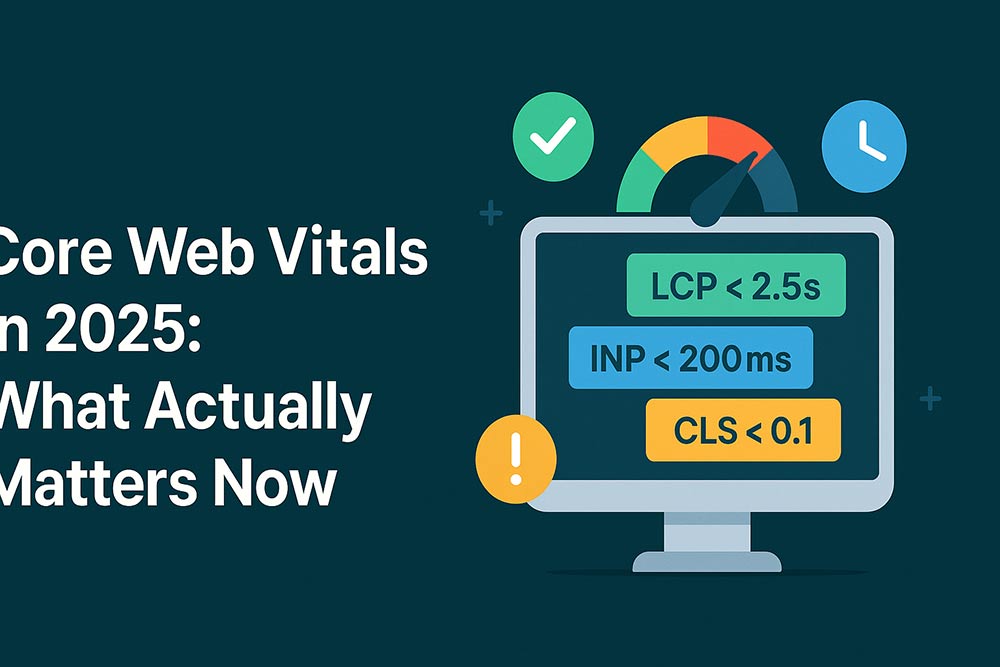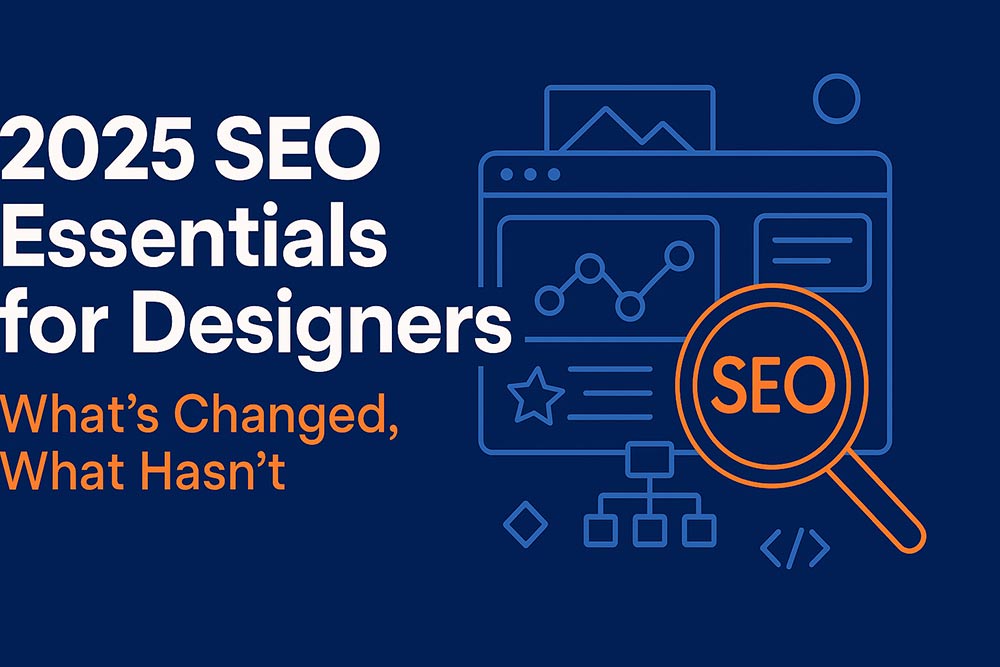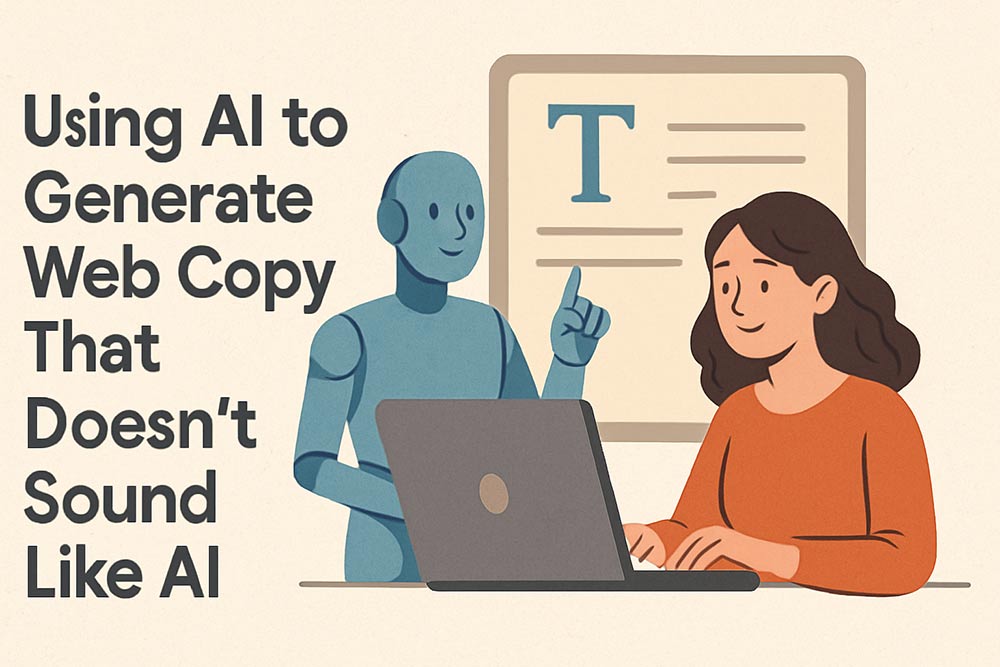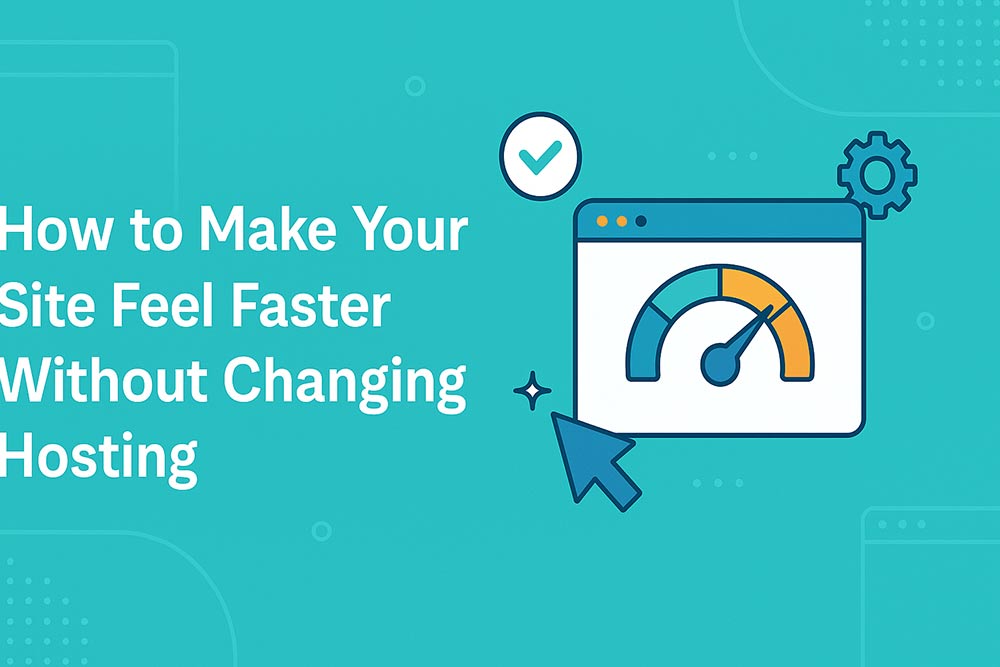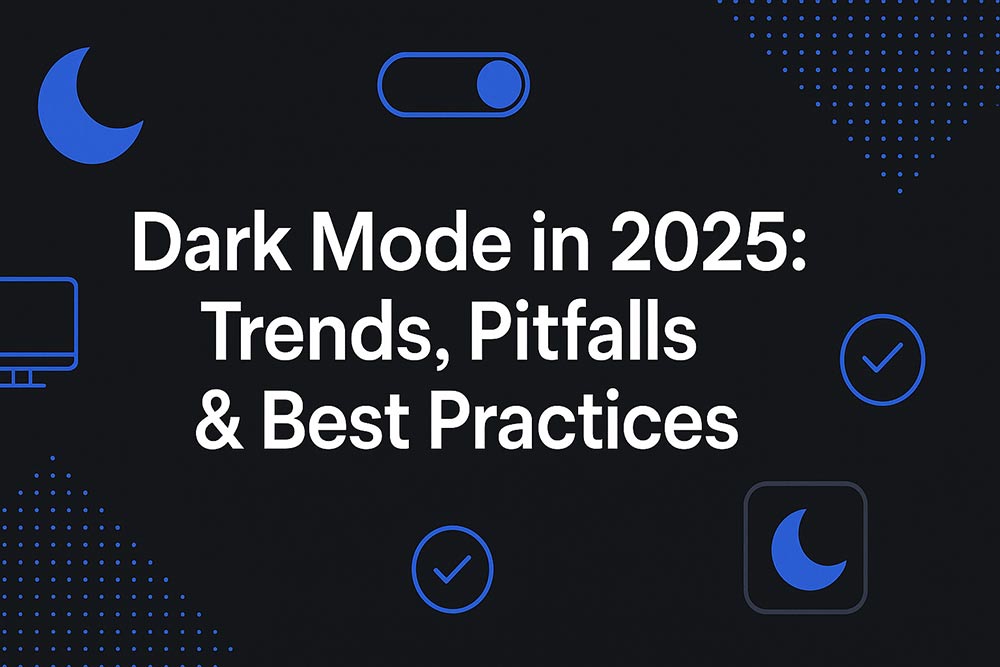FreebiesBooth delivers smart, actionable tips to help you build faster, cleaner, and more user-friendly websites. From UX to performance, we offer practical guides to keep your site modern, effective, and ready for what’s next.
Artificial Intelligence (AI) is transforming the world of design. From automating repetitive tasks to generating impressive layouts and concepts in seconds, AI tools have become indispensable allies in the creative process. Yet, amid the buzz and excitement around these capabilities, a critical truth remains: human creativity still holds the winning card. While AI-powered design tools offer speed, scale, and surprising ingenuity, they are far from replacing the nuanced, emotional, and contextual judgment that human designers bring to the table. In fact, the best results often come from a harmonious blend of machine assistance and human insight. Let’s explore how AI
In the early 2010s, PSD (Photoshop Document) files ruled the world of free design resources. Websites like FreebiesBooth, Dribbble, and Behance were teeming with downloadable PSDs for buttons, icons, landing pages, and full UI kits. But today, design workflows have shifted. With the rise of Figma as the go-to collaborative UI tool, many of those legacy assets are collecting digital dust. The good news? You don’t have to throw them away. With a bit of strategy and smart conversion, you can breathe new life into these files—turning static Photoshop files into fully functional, component-based Figma UI kits that are modern,
A beautiful website is only half the job. If your design choices make it hard for Google to crawl, index, or understand your content, no amount of aesthetics will save your rankings. In 2025, as Google’s algorithm continues to emphasize user experience, site speed, accessibility, and content structure, certain web design mistakes have become silent SEO killers. If your site isn’t ranking—or worse, has recently dropped—there’s a good chance your design is the culprit. In this article, we’ll explore the most common (and costly) web design mistakes that sabotage SEO, and how to avoid them. 1. Overcomplicated Navigation If users—and
Since Google introduced Core Web Vitals in 2020, they’ve evolved from niche SEO concerns to essential pillars of user experience and performance. Fast forward to 2025, and they’re no longer just about ranking better — they’re about delivering better websites. But not all metrics have remained equally relevant. With new browser capabilities, smarter algorithms, and changing user behaviors, what actually matters now? This guide will break down:  What Are Core Web Vitals (Still)? As of 2025, Core Web Vitals focus on three primary UX metrics that impact user satisfaction: In 2025, INP is the biggest shift in focus —
What Are Core Web Vitals (Still)? As of 2025, Core Web Vitals focus on three primary UX metrics that impact user satisfaction: In 2025, INP is the biggest shift in focus —
 What Are Core Web Vitals (Still)? As of 2025, Core Web Vitals focus on three primary UX metrics that impact user satisfaction: In 2025, INP is the biggest shift in focus —
What Are Core Web Vitals (Still)? As of 2025, Core Web Vitals focus on three primary UX metrics that impact user satisfaction: In 2025, INP is the biggest shift in focus — Search engine optimization (SEO) in 2025 isn’t just about keywords or backlinks—it’s about experience, structure, and strategic design. For web designers, this shift is both a challenge and an opportunity. Google’s algorithms are increasingly UX-focused, rewarding websites that are fast, usable, accessible, and well-structured. And while some SEO tactics have stayed the same, others have evolved dramatically. Whether you’re designing landing pages, portfolios, or full client websites, here’s what designers need to know about SEO in 2025—what’s changed, and what hasn’t.  What Hasn’t Changed: The Core SEO Foundations Some principles of SEO have stood the test of time, and
What Hasn’t Changed: The Core SEO Foundations Some principles of SEO have stood the test of time, and
 What Hasn’t Changed: The Core SEO Foundations Some principles of SEO have stood the test of time, and
What Hasn’t Changed: The Core SEO Foundations Some principles of SEO have stood the test of time, and In the fast-paced world of web design, user experience (UX) is king — but performance is queen. While flashy animations and complex interactivity might impress at first glance, they can bog down loading times, frustrate users, and tank your Core Web Vitals. Enter microinteractions: small, purposeful design elements that guide, inform, and delight users without sacrificing speed. These subtle cues can make your site feel more alive, more responsive, and more intuitive — all while keeping the experience lightweight. Here are 10 microinteractions you can implement today to level up UX and keep your site lightning fast. 1. Button Hover
As artificial intelligence becomes increasingly accessible to marketers, designers, and developers, it’s tempting to lean heavily on tools like ChatGPT or Jasper to crank out web copy in seconds. But with convenience comes a new challenge: ensuring that your content doesn’t sound like it was written by a machine. In 2025, users have a sharper ear for inauthenticity. Robotic-sounding content can erode trust, damage brand identity, and even hurt SEO performance. So how do you harness AI’s speed and efficiency without falling into the trap of bland, generic, or obviously automated language? Here’s how to use AI to write web
A slow website can kill conversions, frustrate users, and sink your SEO rankings. But not everyone can afford to jump to a premium hosting plan — and in many cases, you don’t need to. The good news? With the right strategies, you can make your site feel significantly faster without migrating to a new host. The key lies in smart front-end optimization, perceived performance techniques, and avoiding common UX bottlenecks. Here are the most effective ways to speed up your website — without touching your server.  1. Optimize What Loads First (Above the Fold) The user’s perception of speed
1. Optimize What Loads First (Above the Fold) The user’s perception of speed
 1. Optimize What Loads First (Above the Fold) The user’s perception of speed
1. Optimize What Loads First (Above the Fold) The user’s perception of speed Once a novelty feature, dark mode has become a staple of modern digital design. Users love it for its aesthetic, battery-saving benefits, and reduced eye strain. But by 2025, dark mode isn’t just an option — it’s an expectation. However, designing an effective dark theme is far more nuanced than simply inverting colors. As more tools, frameworks, and systems build dark mode into their workflows, there are new standards, trends, and traps to be aware of. Let’s break down what’s driving dark mode in 2025, the biggest mistakes designers still make, and how to do it right — without hurting


